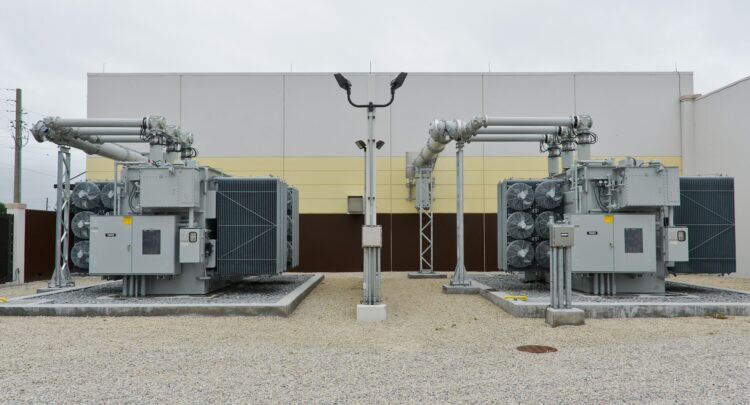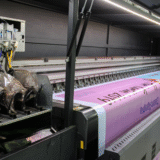
Your First Place Checklist: What to Know About Utility Infrastructure Before You Move In
Moving into your first place on your own is an incredible rite of passage. It’s the excitement of decorating a space that’s all yours, the freedom of making your own rules, and the first real taste of independence. You’re likely focused on the big things, like the rent, the location, and whether your couch will fit in the living room. But there’s an invisible roommate that comes with every new home, one that can have a huge impact on your daily life: the utility infrastructure.
We take it for granted that the lights will turn on, the water will run, and the Wi-Fi will connect. The reliability of these essential services is directly tied to the health of the poles, wires, and pipes that serve your home. A professional utility service company works behind the scenes with your local providers to inspect and maintain this critical infrastructure, but as a potential resident, you can learn to spot the signs of a well-maintained (or poorly-maintained) area.
Before you sign a lease, take a few extra minutes to investigate the infrastructure. It can save you a world of frustration down the road.
Look Up: Assess the Power Situation
The reliability of your electricity often hangs right over your head. Before you commit to a place, take a slow walk around the block and look up at the power lines and utility poles.
- Are the poles straight and in good condition, or are they leaning, cracked, or showing signs of rot at the base?
- Are the power lines clear of tree branches? Trees and power lines are natural enemies. Heavy branches hanging over the lines are the number one cause of power outages during a storm.
- Are the lines buried? If you are looking at a newer subdivision, you might notice that there are no overhead power lines at all. Underground utilities are a massive plus, as they are protected from wind, ice, and falling trees, making them far more reliable.
Check Your Connection: Internet and Cell Service
Reliable, high-speed internet is not a luxury; it’s a fundamental utility, especially if you work or study from home. Never assume that a potential apartment will have a good connection.
- Ask which providers service the building, and then go to those providers’ websites to see what specific plans and speeds are available at that exact address.
- During your tour, pull out your phone and check your cell service. Walk through the different rooms. Do you have a strong, usable signal, or is there a dreaded “dead zone” in the middle of the living room?
Don’t be afraid to ask current residents about their experience with the local internet service.
Turn on the Taps: Water Pressure and Quality
Low water pressure can be a daily source of frustration. During your apartment tour, be sure to test the plumbing. Turn on the shower to see if it’s a strong spray or a weak trickle. Flush the toilet and then turn on the sink faucet to see if it significantly impacts the flow.
You can also ask the landlord or property manager about the source of the water (city or well) and look up the public water quality reports for that municipality, which are often available on the city’s website.
The Hidden Bill: Look for Signs of Energy Efficiency
A low rent can be very appealing, but it can be quickly offset by sky-high utility bills if the apartment is poorly insulated and inefficient. Keep an eye out for features that can save you a significant amount of money on your heating and cooling costs.
Double-paned windows are much better insulators than older, single-paned windows. Good weather-stripping around the edges of doors and windows prevents drafts. A relatively modern HVAC unit will be far more efficient than a newer model.
You can also ask the landlord or even the previous tenants what the average monthly utility bills are for the unit. Look for energy-saving tips that can help you evaluate a potential new home.
Taking an extra 30 minutes to investigate these “invisible” features is a crucial part of making a smart decision. It’s about choosing a home that is not just affordable, but also comfortable, reliable, and free from frustrating surprises.



